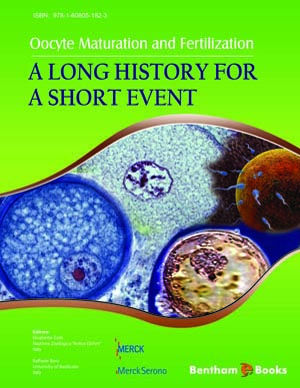Abstract
The historic birth of Louise Brown in 1978, the world’s first “test tube baby” justifiably ranks as a major milestone in the history of both medicine and science. This remarkable achievement represented the culmination of several different lines of research and investigation carried out by Patrick Steptoe, Robert Edwards and their respective colleagues: (i) More than two decades of laboratory research into the science of oocyte maturation and fertilization; (ii) Clinical observation and studies of the endocrinology and physiology of ovulation and implantation; (iii) Technological advances in the use of laparoscopy to observe the pelvic organs and rescue mature oocytes just prior to ovulation.
On the medical side, the results of their unique achievement offered treatment to couples who previously had no hope of having a child of their own; scientifically, the ability to initiate the creation of new life in the laboratory brought a revolution in biotechnology, and opened new vistas in our understanding of cell biology, the regulation of cell growth, and the events and control mechanisms surrounding fertilization and early preimplantation embryo development. This chapter will outline the current steps and procedures that are required for the successful establishment of a pregnancy when a couple undertake a cycle of assisted reproductive treatment by In Vitro Fertilization.






















